‘Polio Paul’ Alexander, who spent 72 years inside iron lung, dead at 78

A polio survivor who spent more than seven decades living inside an iron long has died at 78.
Paul Alexander, widely known as “Polio Paul,” passed away Monday in Texas, according to Christopher Ulmer, the organizer of his official GoFundMe account.
“Paul, you will be missed but always remembered,” Ulmer wrote. “Thanks for sharing your story with us.”
A cause of death has not been officially disclosed, but Alexander was hospitalized late last month after testing positive for COVID-19, according to his social media manager. He was later able to return home but was having trouble eating and drinking.
Alexander, who was paralyzed by polio as a child, was widely revered as an inspirational figure, obtaining a law degree and starting his own legal practice, defying doctor’s expectations.
In 2020, he published his memoir, “Three Minutes for a Dog: My Life in an Iron Lung,” which took five years to complete, given that he wrote the manuscript while confined to the cumbersome contraption.
Alexander used a pen attached to a stick held in his mouth to write every word of the tome.
In March of last year, Guinness World Records declared him the longest iron lung patient ever.
“No matter where you’re from or what your past is, or the challenges you could be facing, you truly can do anything,” Alexander exclaimed in a 2021 video interview with YouTuber Mitch Summers. “You’ve just got to set your mind to it and work hard!”
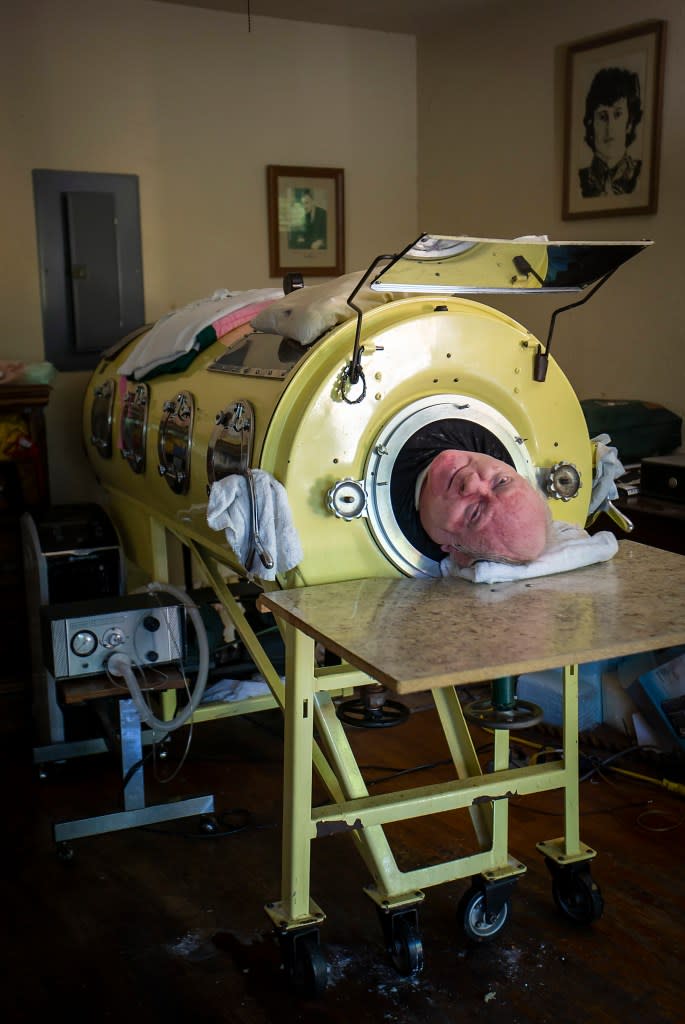
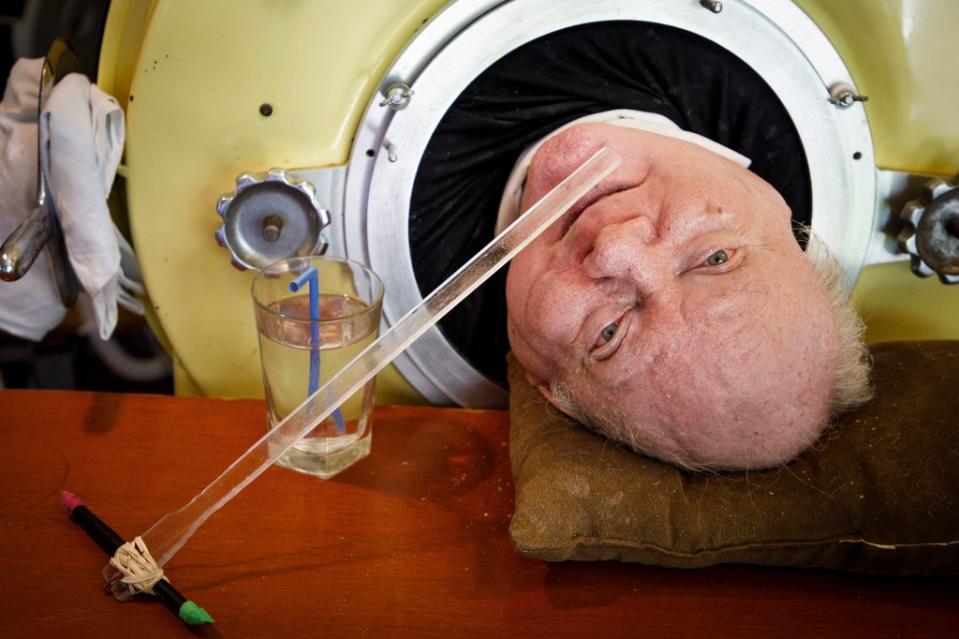
Alexander contracted polio in 1952 when he was 6 years old and living with his family in suburban Dallas
“I lost everything: the ability to move, my legs would not hold me up and then I couldn’t breathe,” he once recalled in a video shared by Reuters.
The youngster was rushed to hospital and placed in an iron lung, in which he would remain for the rest of his life.
The iron lung is an airtight capsule that sucks oxygen through negative pressure, allowing the lungs to expand and the patient to breathe, Medscape reports. The contraption is large and cumbersome and requires the person using it to lay fastened inside during operation.
The ventilators — which were invented in the 1920s — lined hospital wards amid polio outbreaks that plagued the US until the second half of the last century.
In 1959, 1,200 Americans relied on an iron lung to stay alive, but the machines gradually became less common after widespread distribution of the polio vaccine. In 1979, the US was declared polio-free, and by 2014, there were only 10 Americans left using an iron lung.
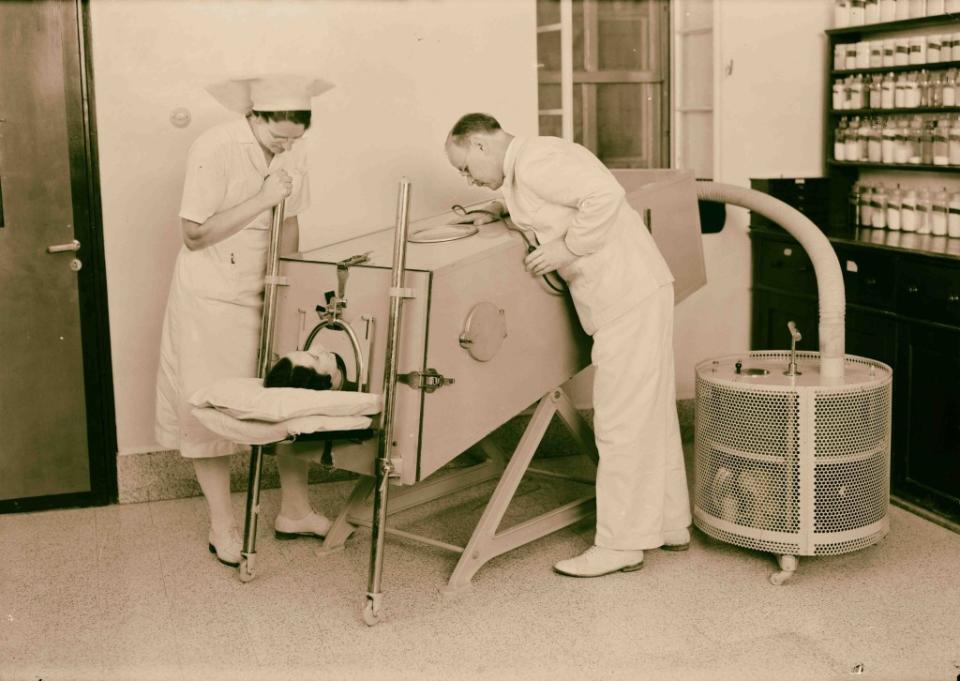
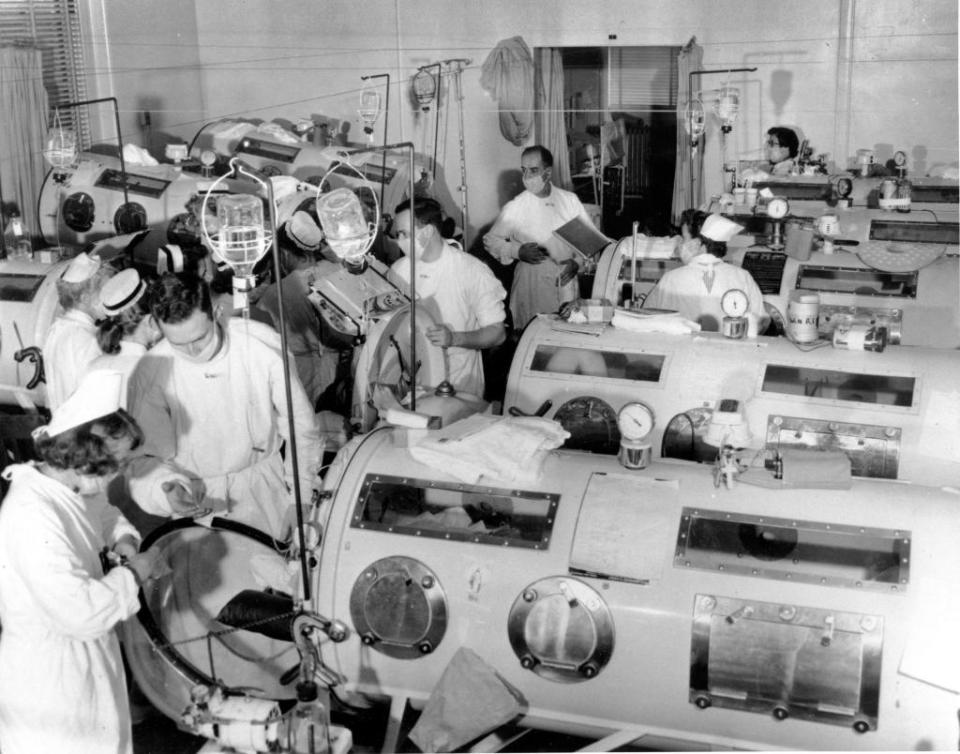
Given Alexander’s paralysis, and his reliance on the bulky machine, doctors diminished their expectations for his future — but “Polio Paul” was not about to surrender.
Alexander, who claims he “hated just watching TV” all day, started studying and went on to graduate from high school with honors.
His dreams of becoming a lawyer suffered a setback when he was initially denied entry to college because of his disability. However, after two years of constant persistence, he was admitted to Southern Methodist University on a scholarship.
Alexander graduated with a Juris Doctor from the University of Texas at Austin Law School in 1984. He subsequently went on to open his own practice.
The polio survivor spent decades working in the legal field, and was eventually able to leave the iron lung for minutes at a time after learning how to “frog breathe.”
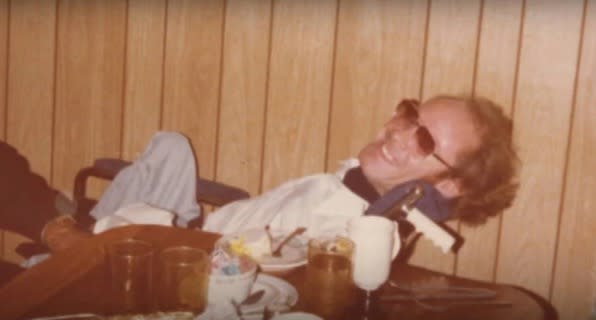
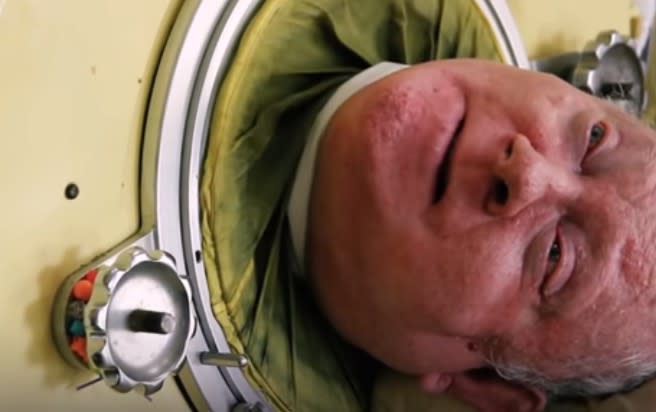
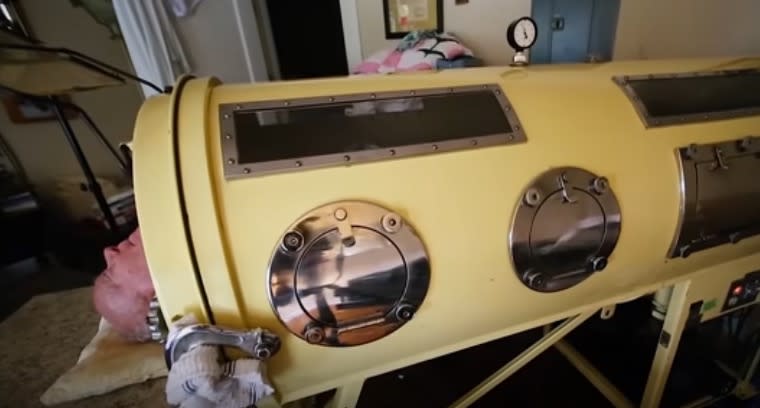
However, towards the end of his life Alexander was completely confined to the contraption on a 24/7 basis once more. He required around-the-clock care at a facility in Dallas.
In his 2021 interview with Summers, the polio survivor remained modest about the success he achieved in spite of his setbacks.
“My story is an example of why your past, or even your disability, does not have to define your future,” he declared.

